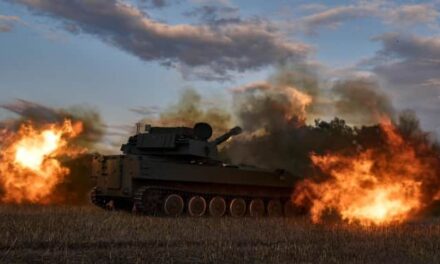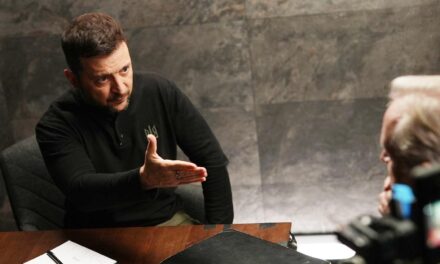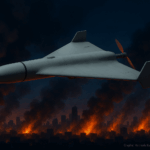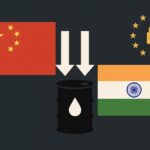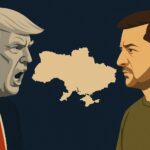In recent reports, Ukrainian sources indicate that Russian forces are consolidating their operations in the Sumy direction, albeit with limited and disorganized personnel. This approach appears aimed at drawing Ukrainian troops toward the international border, creating a distraction that could enable Russian maneuvers elsewhere.
On May 20, a deputy commander of a Ukrainian brigade highlighted the concentration of Russian and Chechen forces in this area. Analysts like Kostyantyn Mashovets estimate that the Russian group in Kursk Oblast comprises around 9,000 to 10,000 troops, including three under-strength motorized rifle regiments. Such a strategy suggests that the Kremlin intends to fix Ukrainian forces in place, even with a skeletal military presence.
These maneuvers coincide with a backdrop of significant political developments in Russia. President Vladimir Putin recently dismissed Deputy Defense Minister Yury Sadovenko, appointing Oleg Savelyev, a former economic minister, in his place. This move signals a potential shift towards enhancing the wartime economy, as Savelyev’s experience may aid in addressing ongoing logistical challenges faced by the Russian military.
Moreover, Putin’s condolences to Iranian officials following the deaths of high-ranking leaders showcase the Kremlin’s desire to maintain strong ties with Tehran amid the backdrop of shifting alliances and geopolitical tensions.
The U.S. response to the evolving conflict remains cautious. Defense Secretary Lloyd Austin reiterated that U.S. weapons provided to Ukraine should not be used for strikes against military targets within Russia, which some analysts argue inadvertently grants Russia a tactical advantage by allowing its forces to operate without fear of direct retaliation.
Interestingly, discussions are underway among NATO member states about expanding training missions for Ukrainian soldiers. Estonian Prime Minister Kaja Kallas noted that some countries have already sent personnel to support Ukrainian forces on the ground, further indicating an international commitment to Ukraine’s defense.
Meanwhile, Russian narratives aimed at undermining Ukrainian President Volodymyr Zelensky’s legitimacy continue to circulate. Deputy Chairperson Dmitry Medvedev has amplified claims portraying Zelensky as an illegitimate leader, a tactic that aligns with the Kremlin’s broader disinformation strategy.
As the conflict develops, these military and political dynamics highlight the complexities of the current landscape. Russian efforts to consolidate forces while engaging in strategic political reshuffles underline the ongoing volatility in the region, with implications that extend far beyond the battlefield.
Read more at ISW.



